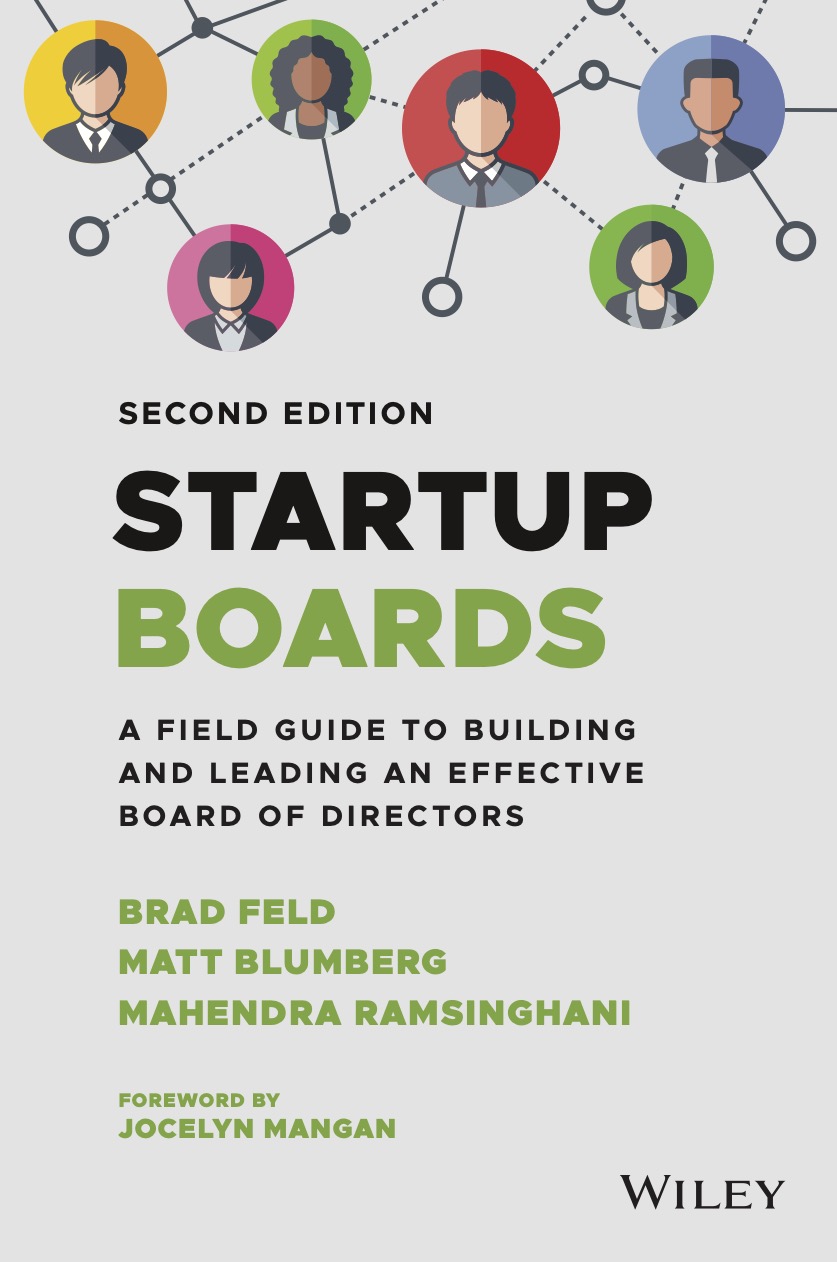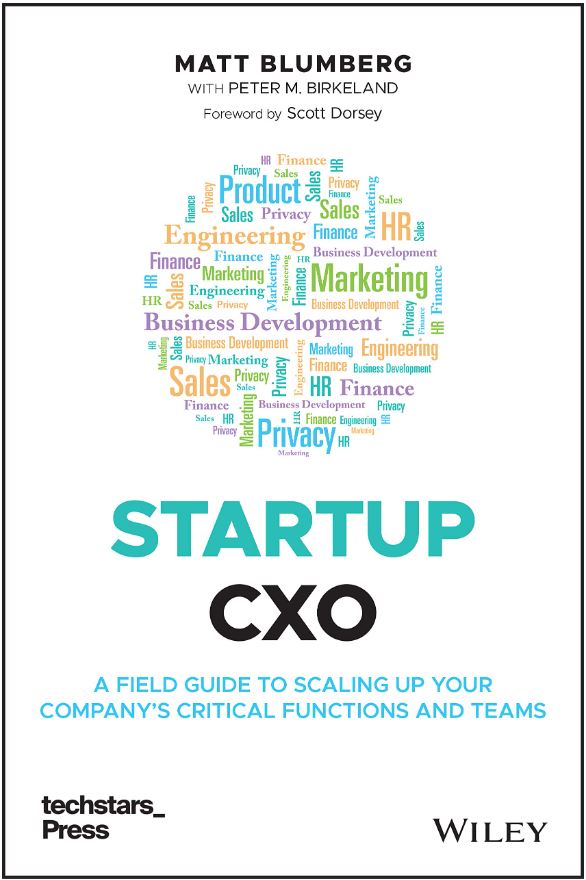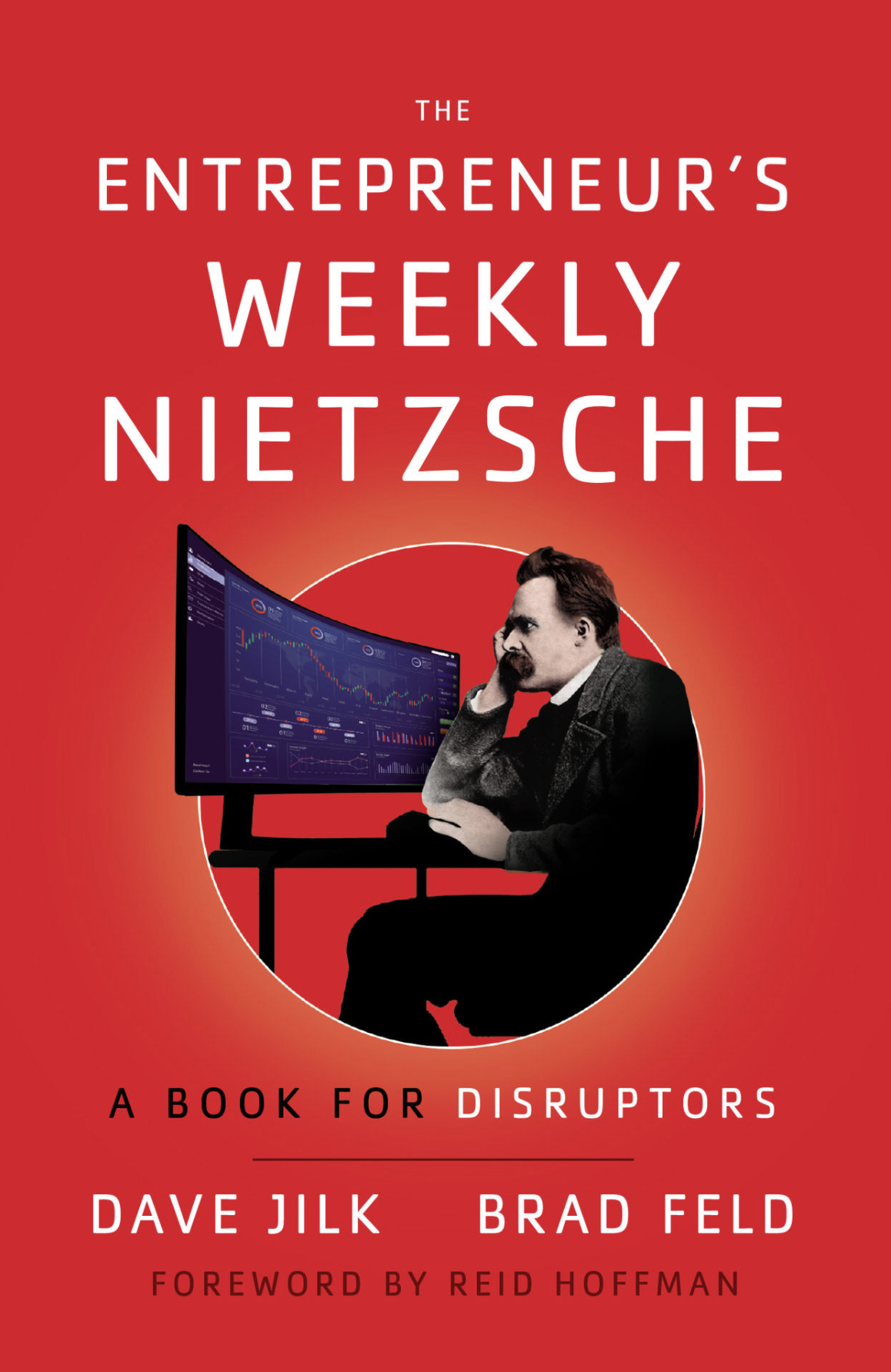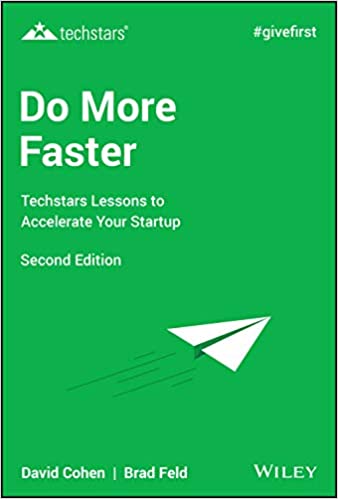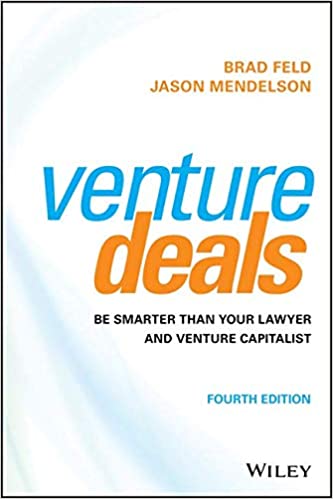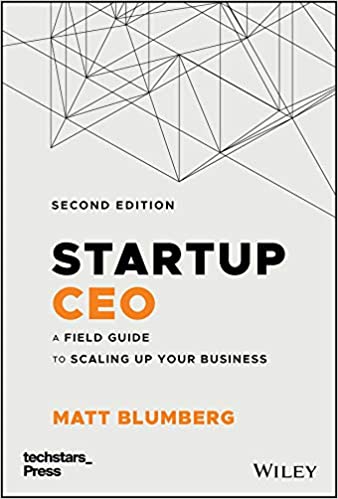Why We Wrote Venture Deals
 Every day for the next two weeks we’ll give you a small taste of our new book Venture Deals: Be Smarter Than Your Lawyer and Venture Capitalist by giving you the overview of each chapter along with the titles of each subsection. Of course, our goal with this is to be good book salesmen and encourage you to buy the book by teasing a little about the content. So, if you are already a believer, go buy the book now. Otherwise, here’s some background from the Preface on why we wrote the book.
Every day for the next two weeks we’ll give you a small taste of our new book Venture Deals: Be Smarter Than Your Lawyer and Venture Capitalist by giving you the overview of each chapter along with the titles of each subsection. Of course, our goal with this is to be good book salesmen and encourage you to buy the book by teasing a little about the content. So, if you are already a believer, go buy the book now. Otherwise, here’s some background from the Preface on why we wrote the book.
One of the ways to finance a company is to raise venture capital. While only a small percentage of companies raise venture capital, many of the great technology companies that have been created, including Google, Apple, Cisco Systems, Yahoo!, Netscape, Sun Microsystems, Compaq, Digital Equipment Corporation, and America Online (AOL) raised venture capital early in their lives. Some of today’s fastest-growing entrepreneurial companies, such as Facebook, Twitter, LinkedIn, Zynga, and Groupon, were also recipients of venture capital.
Over the past 17 years we’ve been involved in hundreds of venture capital financings. Six years ago, after a particularly challenging financing, we decided to write a series of blog posts that would demystify the venture capital financing process. The result was the Term Sheet Series on Brad’s blog, which was the inspiration for this book.
As each new generation of entrepreneur emerges, there is a renewed interest in how venture capital deals come together. We encounter many of these first-time entrepreneurs through our activities as venture capitalists at our firm Foundry Group, as well as our involvement in TechStars. We are regularly reminded that there is no definitive guide to venture capital deals and as a result set out to create one.
In addition to describing venture capital deals in depth, we’ve tried to create context around the players, the deal dynamics, and how venture capital funds work. We’ve tossed in a section on negotiation, if only to provide another viewpoint into the brains of how a venture capitalist (at least the two of us) might think about negotiation. We also took on explaining the other term sheet that fortunate entrepreneurs will encounter—namely the letter of intent to acquire your company.
We’ve tried to take a balanced view between the entrepreneurs’ perspective and the venture capitalists’ perspective. As early stage investors, we know we are biased toward an early stage perspective, but we try to provide context that will apply to any financing stage. We’ve also tried to make fun of lawyers any chance we get.
We hope you find this book useful in your quest to creating a great company.
